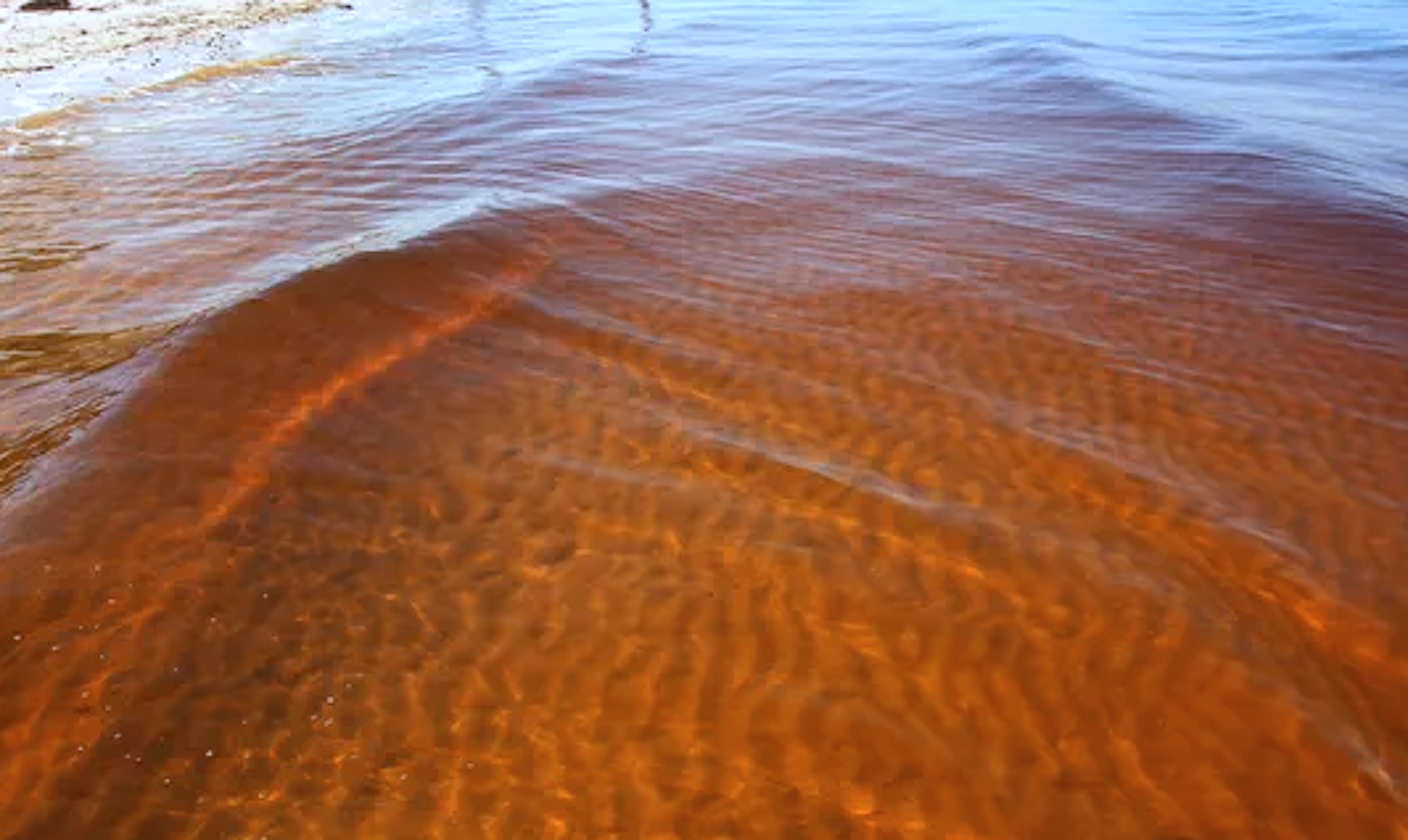Transport and degradation of organic matter in sandy sediments
Sand sediments blanketing the shallower half of the continental shelf stand out through highest respiration rates despite low sediment organic content. The role of these sediment in the coastal and marine carbon cycle thus may be underestimated. In this project, we investigate the processes that support the high respiration rates in the inner shelf sands.
Most of the sedimentary respiration is fueled by dissolved and particulate organic carbon originating from the water column. A central determinant on whether the organic matter becomes available to the benthic community is the trapping of this material by the sand. In the inner shelf, high bottom currents, waves and turbulence limit the deposition of slow-settling organic particles onto the seafloor. However, in contrast to fine grained sediments, permeable shelf sands can filter materials from the water forced through the surface layers of these sands similar to a drinking water sand filter. The deflection of bottom currents by seabed topography forces water through the upper layers of permeable sediment at velocities ranging from centimeters to tens of centimeters per hour. The water penetrating the sand sediment carries dissolved and particulate matter into and through the sediment. The transport of organic matter and oxygen into the sand and the advective removal of degradation products boosts microbial mineralization processes in shelf sands. A primary goal of this project is to quantify the links between transport and respiration in the shelf sands.

